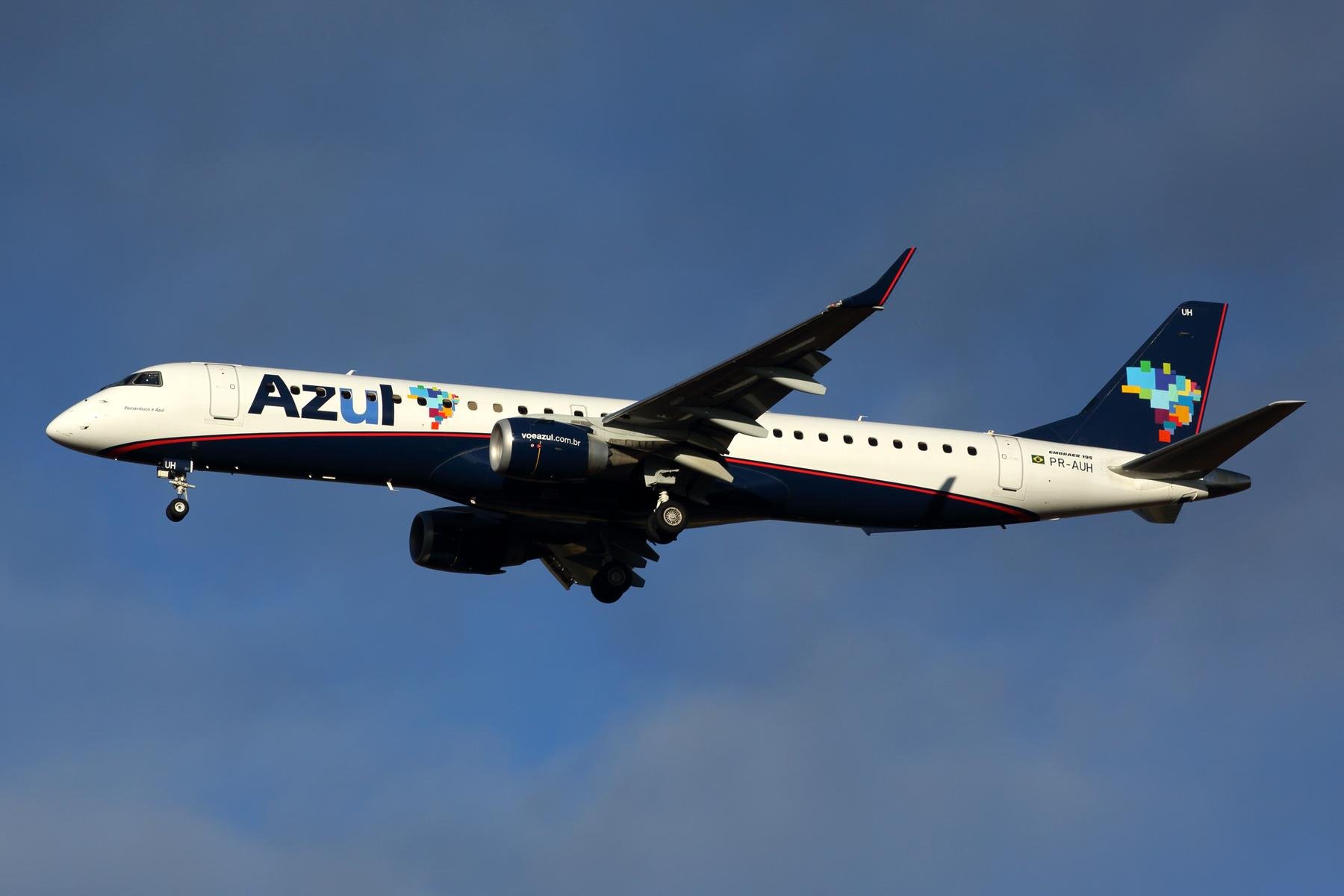
Credit: Rob Finlayson
Brazilian operator Azul has reached an agreement with the majority of its lessors to reduce its lease payments by BRL5.4 billion ($1.1 billion) during the next four-and-a-half years. The airline first announced the restructuring in March and supplied more information to the investment community on...
Subscription Required
This content requires a subscription to one of the Aviation Week Intelligence Network (AWIN) bundles.
Schedule a demo today to find out how you can access this content and similar content related to your area of the global aviation industry.
Already an AWIN subscriber? Login
Did you know? Aviation Week has won top honors multiple times in the Jesse H. Neal National Business Journalism Awards, the business-to-business media equivalent of the Pulitzer Prizes.





